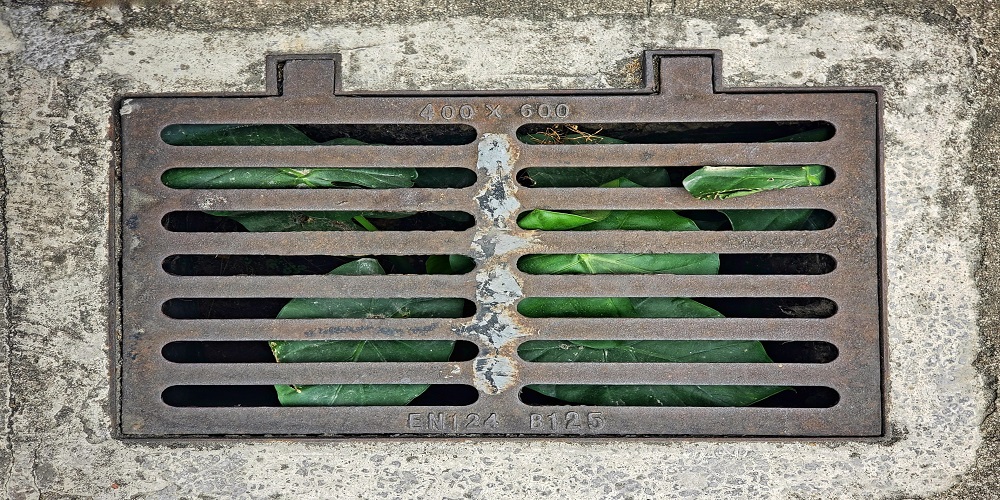Living in a beautiful country like Canada often means residing in areas where municipal sewage systems are not readily available. In such regions, septic systems play a crucial role in treating and managing wastewater from residential properties. These systems have been a reliable and eco-friendly solution for decades. However, with advancements in technology, modern septic systems have evolved to offer more efficient, cost-effective, and sustainable solutions for homeowners. In this article, we will explore the latest septic system technology advancements and their benefits for Canadian homes.

1. Enhanced Treatment Processes:
Traditional septic systems used a basic process of solid settling and anaerobic bacterial digestion to treat wastewater. While they were effective to some extent, they had limitations in fully purifying the water. Modern septic systems have adopted advanced treatment processes that enhance the purification of effluent before it is released into the ground.
2. IoT Integration:
The Internet of Things (IoT) has made its way into the septic system industry, offering homeowners and maintenance providers the ability to monitor and manage septic systems remotely. IoT sensors can detect changes in water levels, flow rates, and system health, sending real-time data to mobile devices or computers. This technology ensures early detection of issues, enabling timely septic system maintenance and preventing potential failures.
3. Eco-Friendly Additives:
Some modern septic systems have adopted the use of eco-friendly additives. These additives consist of natural enzymes and bacteria that aid in the breakdown of solid waste, promoting better decomposition and reducing the accumulation of sludge in the septic tank. They can be a valuable supplement to regular septic system maintenance.
4. Constructed Wetlands:
Constructed wetlands have gained popularity as an eco-friendly alternative for treating septic system effluent. These systems use natural processes to filter and purify wastewater as it passes through specially designed wetland areas. The plants and microorganisms present in the wetland act as natural filters, removing harmful substances and pathogens from the water before it returns to the environment.
5. Recirculating Sand Filters (RSFs):
Recirculating sand filters are advanced systems that combine traditional septic tank technology with sand filtration. Wastewater from the septic tank is pumped through a sand bed, where aerobic bacteria further break down the organic matter. The filtered water is then recirculated back into the septic tank for additional treatment. RSFs provide higher treatment efficiency and are suitable for sites with challenging soil conditions.
Conclusion:
As technology continues to advance, so does the effectiveness and sustainability of septic systems. The adoption of modern septic system technology in Canadian homes offers several benefits, including enhanced wastewater treatment, improved monitoring capabilities, and eco-friendly solutions.
If you own a property with a septic system or are considering installing one, it’s essential to stay informed about the latest advancements and practices in septic system maintenance. Regular maintenance and professional inspections are vital to ensuring the optimal performance of your septic system and prolonging its lifespan.
Remember, a well-maintained septic system not only benefits you and your family but also helps protect the environment and preserve the natural beauty of Canada’s landscapes for future generations.
Act now to take care of your septic system and contribute to a greener and more sustainable future.